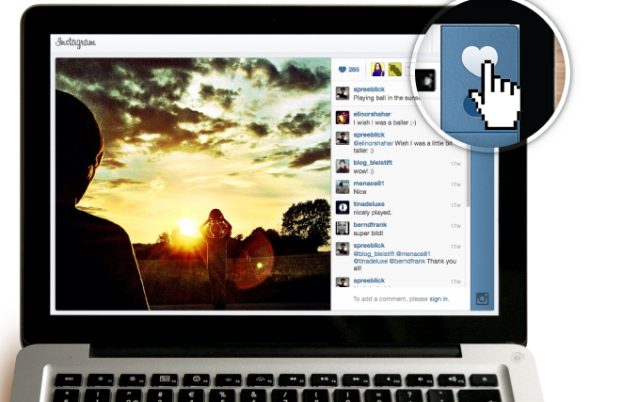
Flattr is a micropayments site that offers its users the chance to give back to the content creators that are providing their content on Web portals around the world. At launch, the idea was that for the content you consumed, you’d set aside $x per month and have that sum distributed equally to all the creators you’ve watched or read. In theory the idea is simple enough – with a click of a Flattr button, you’d support whomever produced the content you liked. In practice, however, getting Flattr’s buttons onto competing sites was a challenge.
To rub salt in this wound, iOS apps that wanted to use Flattr’s micropayment system were blocked by Apple from doing so since using a third-party micropayment system is a violation of Apple’s terms of service. Apple’s move wasn’t tyranny at work; blocking Flattr made sense. Apple takes 30 percent of all in-app payments and purchases, admittedly a heavy sum to take from developers, so using Flattr could be abused to bypass Apple’s cut of publishing on the iTunes store.

This is a creative solution on Flattr’s part that works with the existing popular social networking services people are using already (sans Facebook). If you’re actively liking or favoriting content on social networks including Instagram, Vimeo, Flickr, Twitter, SoundCloud, Github, and 500px, a fair cut of the monthly donation budget based on the content you’ve liked over the past month will be delivered the tenth day of every month.
The creators who are potentially receiving the money must have an account with Flattr, of course.
What might not sit well with some Flattr users however is that the company takes a 10 percent commission from every donation. There’s also the possibility that because this micropayment feature requires social network integration, the platforms it’s using might end up feeling uneasy when Flattr starts generating revenue from its functions (likes and favorites).
Editors' Recommendations
- How to get verified on Instagram Threads
- Instagram is undoing its TikTok-like changes you hated so much
- How to use anonymous questions on Instagram
- This is how much Facebook’s outage is thought to have cost it
- Online platforms like Facebook are losing yet another ‘infodemic’ war


